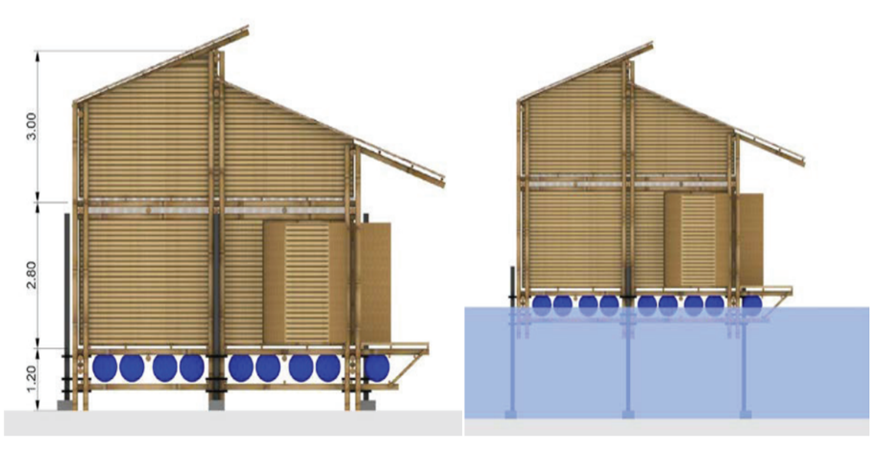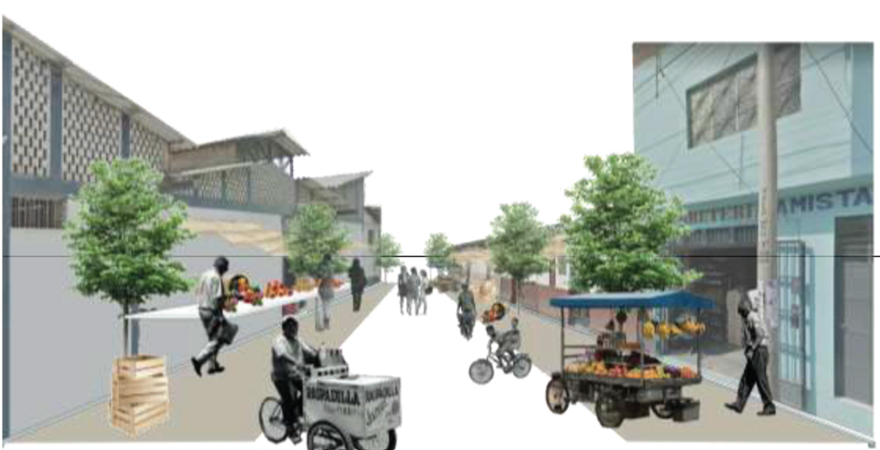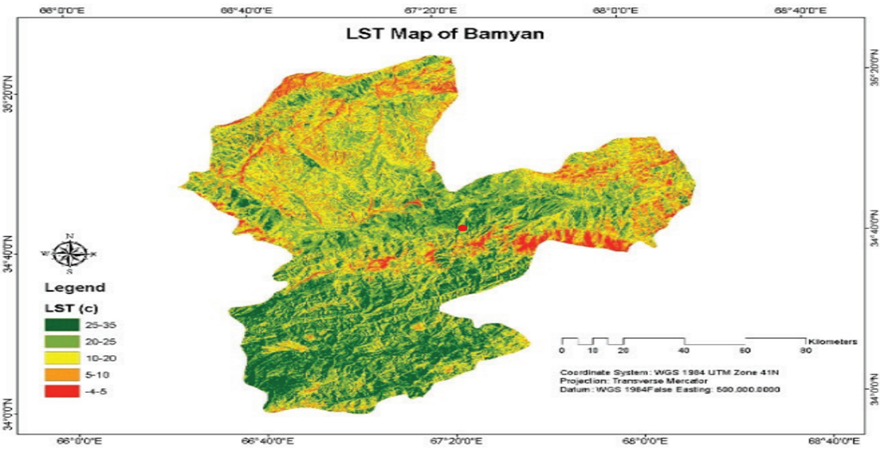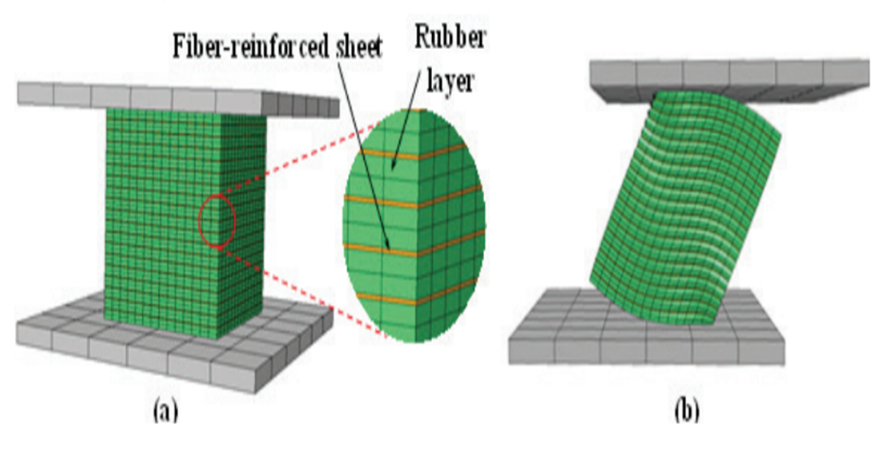- +91-11-4044-5999
- info@cdri.world
-
Copernicus Marg, New Delhi, INDIA
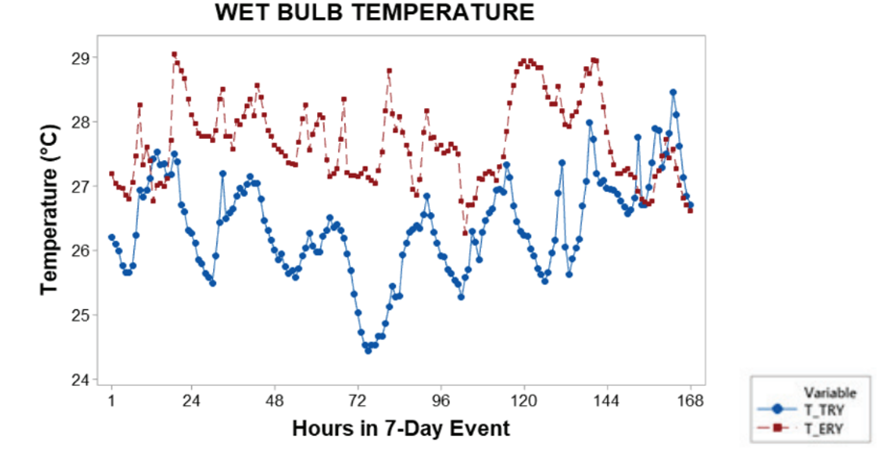
Thermal stress testing of residential building using reference weather data
Shweta Lall
Indian Institute of Technology Roorkee, India
Abstract: Weather plays a unique and significant role as it is one of the main inputs and directly affects the thermal loads and, thus, energy performance of buildings. The origin of this proposal is based on the fact that while performing building energy simulations only weather file is used as an input data to represent the outside weather conditions. Moreover, India uses only typical or average year to quantify building thermal performances developed by ISHRAE for 62 locations using data from the India Meteorological Department (IMD), the US National Center for Environmental Data (NCEI, formerly NCDC), and satellite-derived solar radiation data developed by NREL. The diversity in climate types of India suggests that there is no single strategy to eliminate thermal stresses, reduce energy demand and maximize comfort under extreme climatic conditions. In fact, there is no single standardized definition for thermal stresses in building thermal conditions. This gives rise to the need of identification and quantification of ‘thermal stress’ due to the extreme climate. In this study, extreme weather files inclusive of heat waves are generated. The gap between the typical and extreme thermal loads derived for a residential building type would help in defining the thermal stress for different climate types. The categorization of thermal stresses identified using cluster analysis would further help building engineers to optimize the building materials selection and its U-value. The two major outcomes from this study are extreme weather files and categorization of thermal stresses.
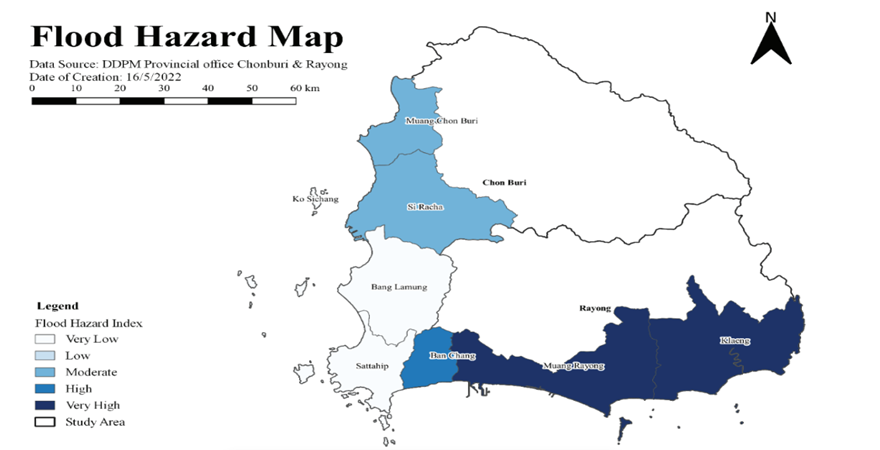

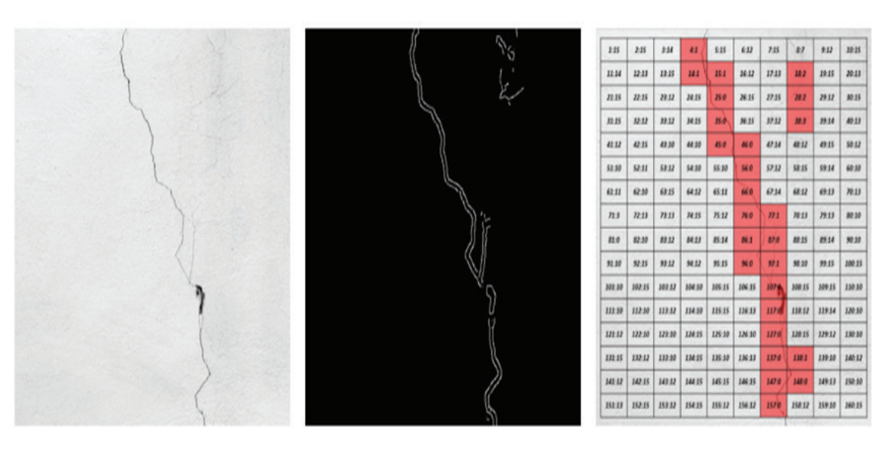
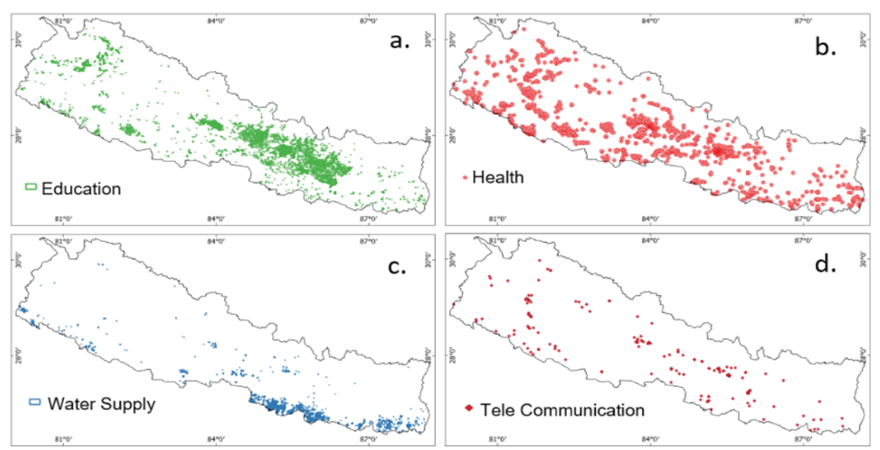
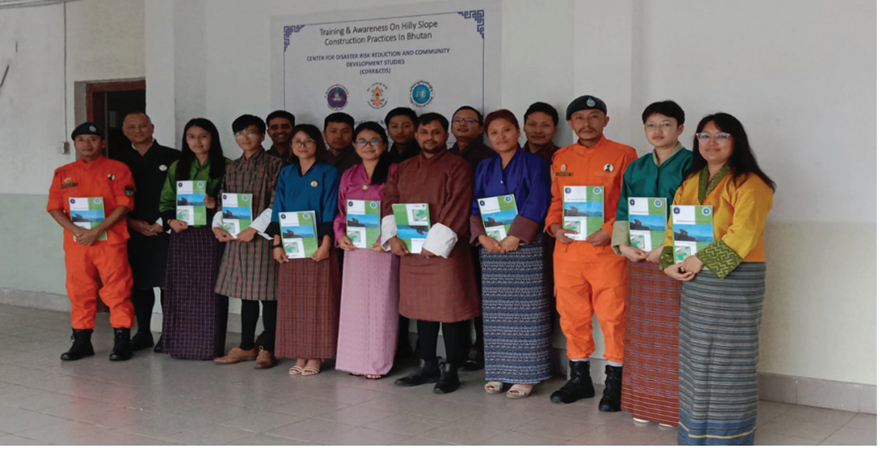
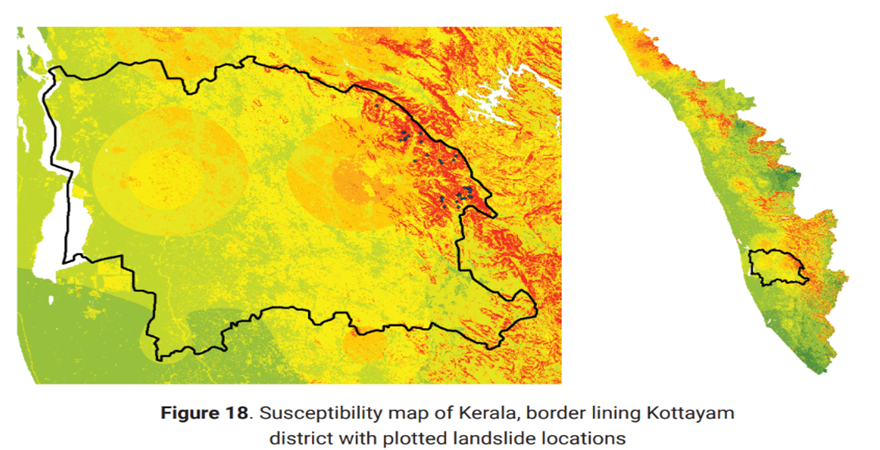
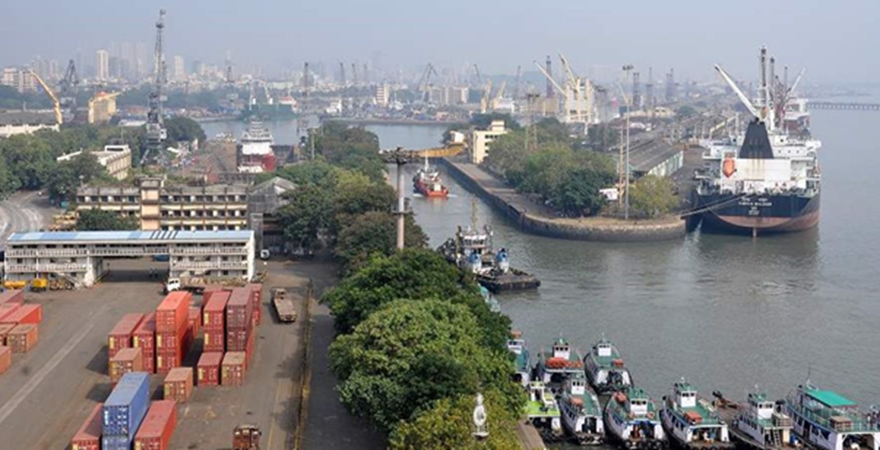
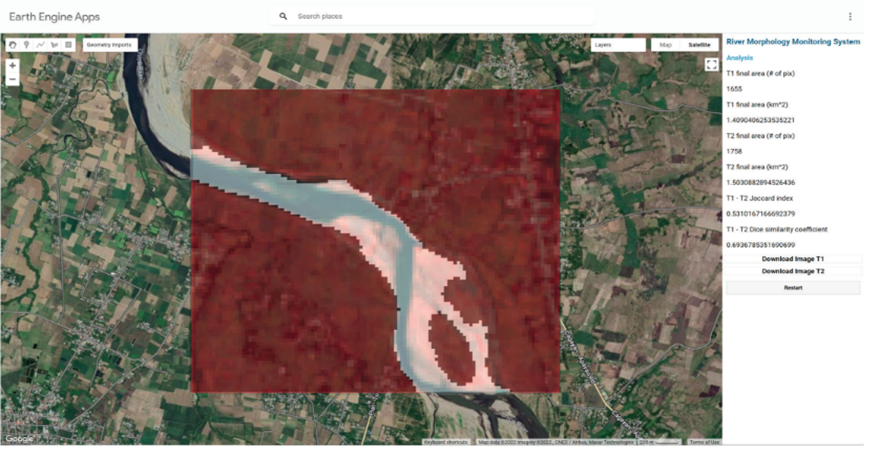
.png)
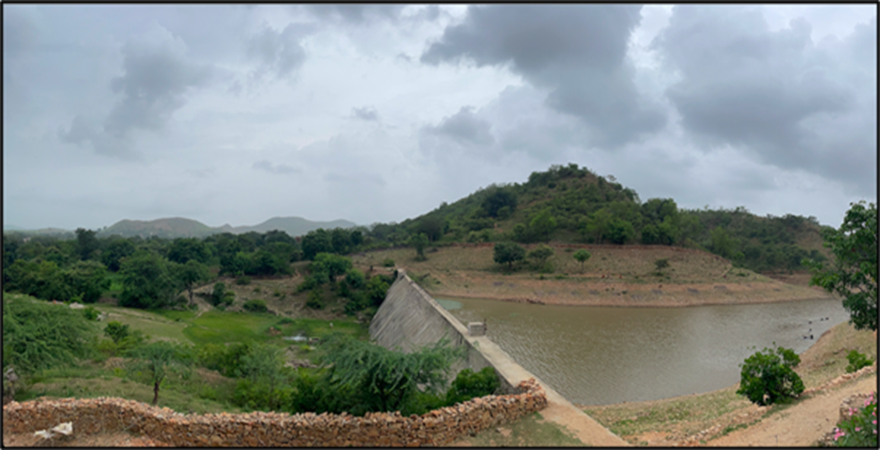
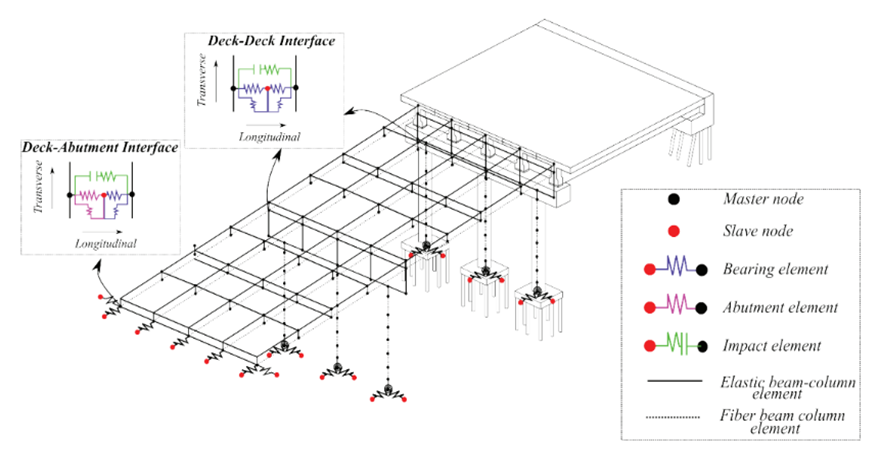
.png)
, nepal.png)

